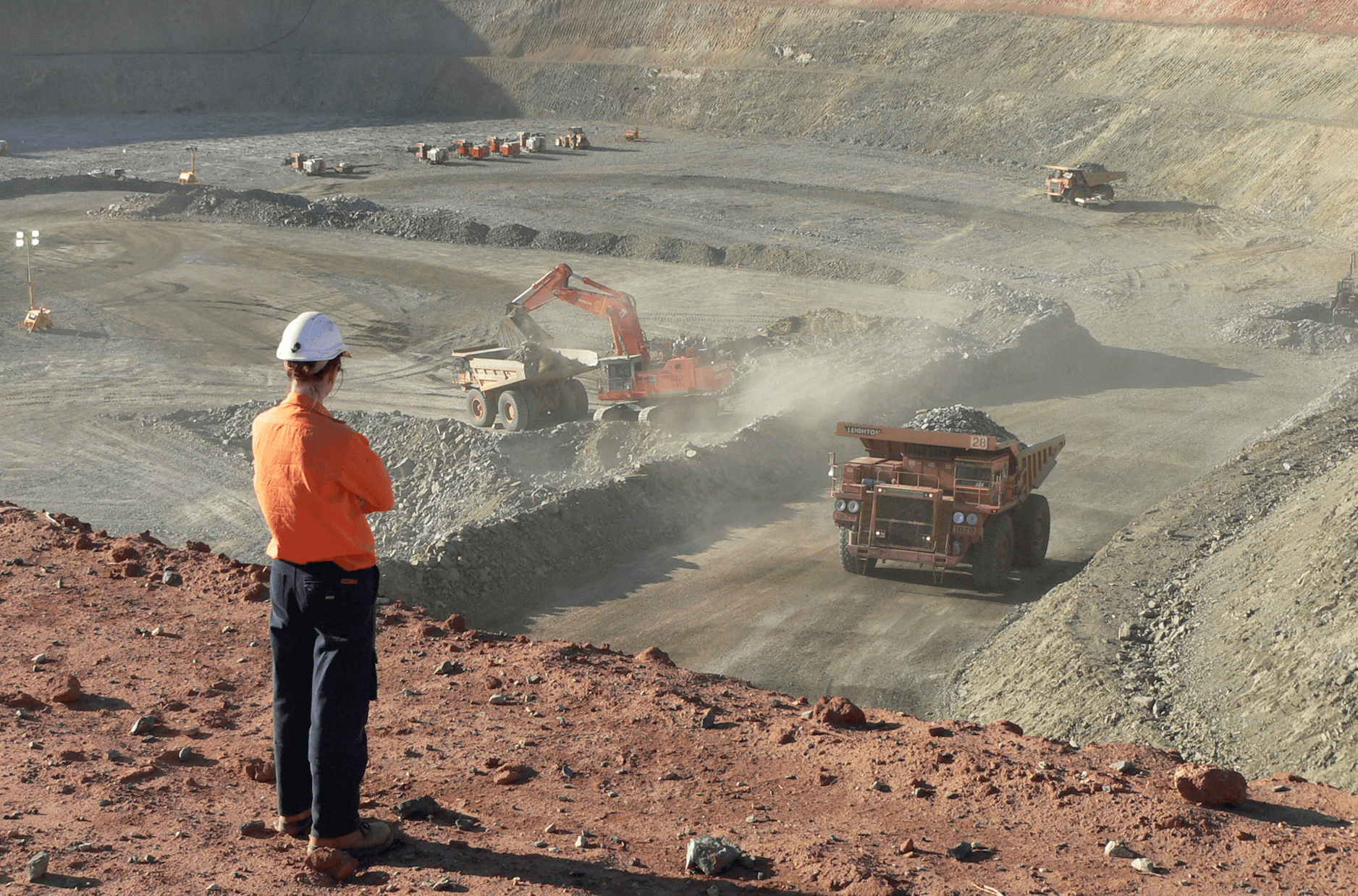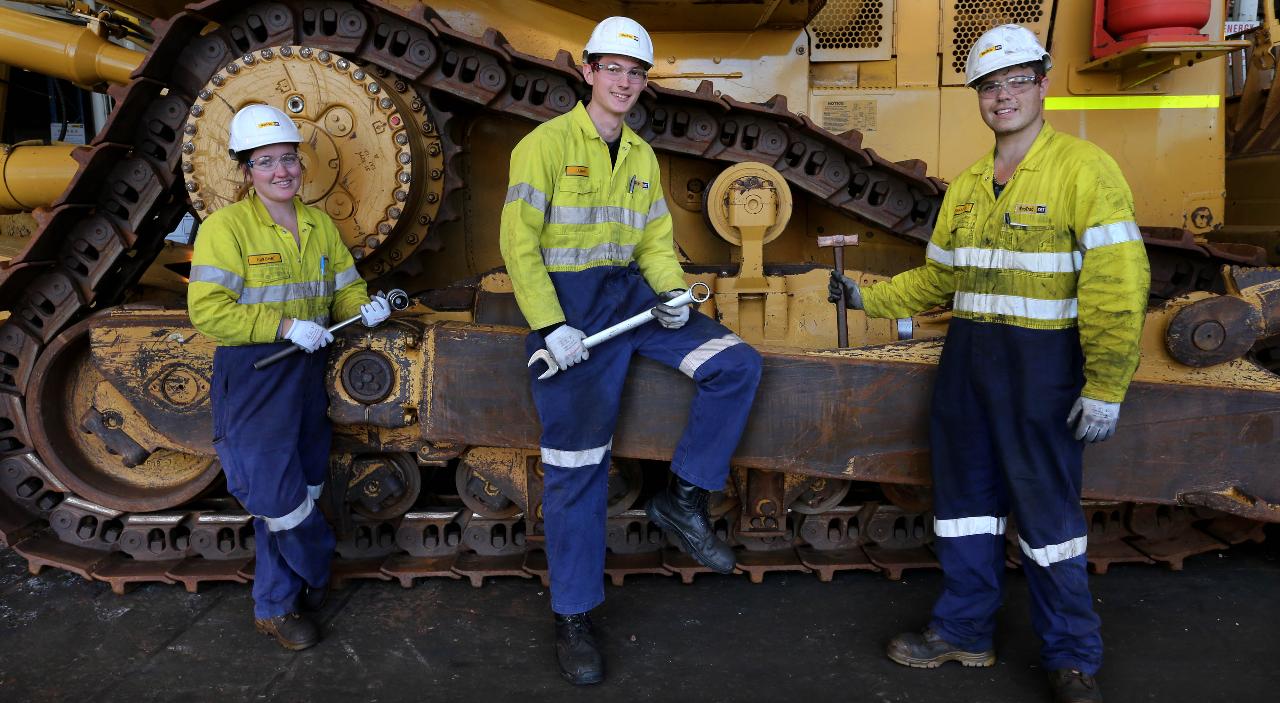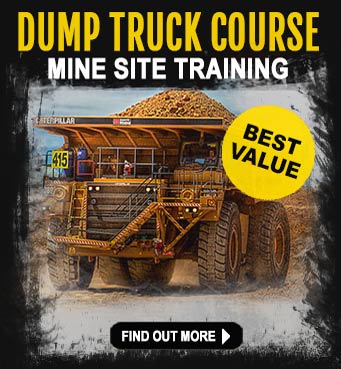A future for women in the mining sector
 Mining jobs for women are everywhere.
Mining jobs for women are everywhere.
Roles in the mining industry have now become gender neutral in a variety of professional, trade and entry level areas.
If you’re a woman and looking for ways to get into mining – read this post first, the do some more reading by clicking the links below.
Here’s some good links;
- Women in Mining Queensland
- AusIMM Women in Mining Network
- The changing face of mining for women
- Tips for Women in Mining – Career One
Areas of work:
- The mining pit is a collaborative working area that has become popular for women. Dump truck driving is a typical role considered suited to women whose steady approach tends to cause less wear and tear on machinery than their male counterparts (this has been proven)
- The driving of huge road trains is another mining job suited to women. It requires employees to drive semi-trucks with several trailers in tow. They cover large distances, often requiring two drivers. An MC licence is required for this position
- Mining positions do not necessarily require specialised education or training to get the job – often attitude and character are all you need. Because mining is a team-orientated domain, your communication skills and outlook on working in teams will go a long way.
- Mtime we think of cleaning jobs in the mines as a way to get foot in the door. These jobs require employees to look after mining camps by cleaning buildings, working in kitchens etc. Cleaning occupations in the mines tend to favour people who live locally to the mine, although we do see a lot of FIFO cleaning jobs advertised as well.
- Food preparation is another important job, hungry miners, working long shifts away from camp, mean there’s always a need for people who know how to prepare food and clean up after them of course. Working with groups of professionals to feed the mining community on a 24hr, 7 day a week basis, this is a great way to get to know the camp and who the bosses are – work your way up. If you’re looking to take charge of the food prep, then as a Chef you’ll need some experience and the ability to have good management skills and the experience of handling large kitchen staff.
ost of the 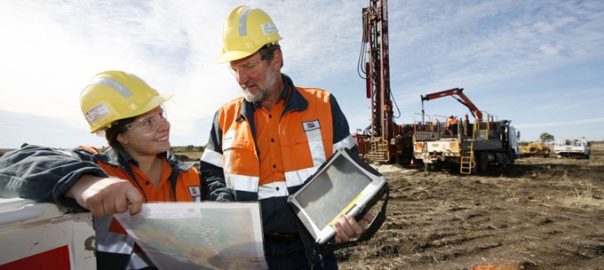
Gender pay gaps
Queensland’s female mine workers say mining companies are already addressing the issue of gender pay gaps and inflexible hours which turned women off mining in the past. They have instituted parent-friendly work rosters and have better pay and conditions already in place.
A survey, completed by the Office of Women Queensland, the Australasian Institute of Mining and Metallurgy and the Women in Mining Network, said women were an untapped resource and offered a solution to the growing skills shortage.
BMA Coal engineer, Melanie Gordon, 30, said mining was “the place to be”, for female workers.
Ms Gordon is the maintenance and engineering manager at Moranbah’s Broadmeadow mine.
“I’m very young to be doing the job I’m doing “for a male or a female” and I would not say I have been held back in any way because I am female.
“I would say to students out there, there is a place for you in the industry and the industry wants you.”
Women in Mining in Australia – books and articles
At iMINCO, we’re always connected to the largest mining companies and mining industry organisations to bring you the information that ultimately helps YOU get into mining.
We’re always finding new and interesting mining reports and information that can make a difference to your mining career. Here is a list of mining reports on iMINCO that are focused purely on women in mining:
Employment Task Force
An Australian Government Task Force is looking at the Natural Resources Sector.
The Task Force says there are sound reasons for companies to consider strategies for recruiting people who are currently under-represented in the sector, such as women, Indigenous people and school leavers.
Increased participation of these groups not only has the potential to increase the supply of skilled labour, it also has the potential to enhance diversity, which may assist in improving workplace culture and building social capital.
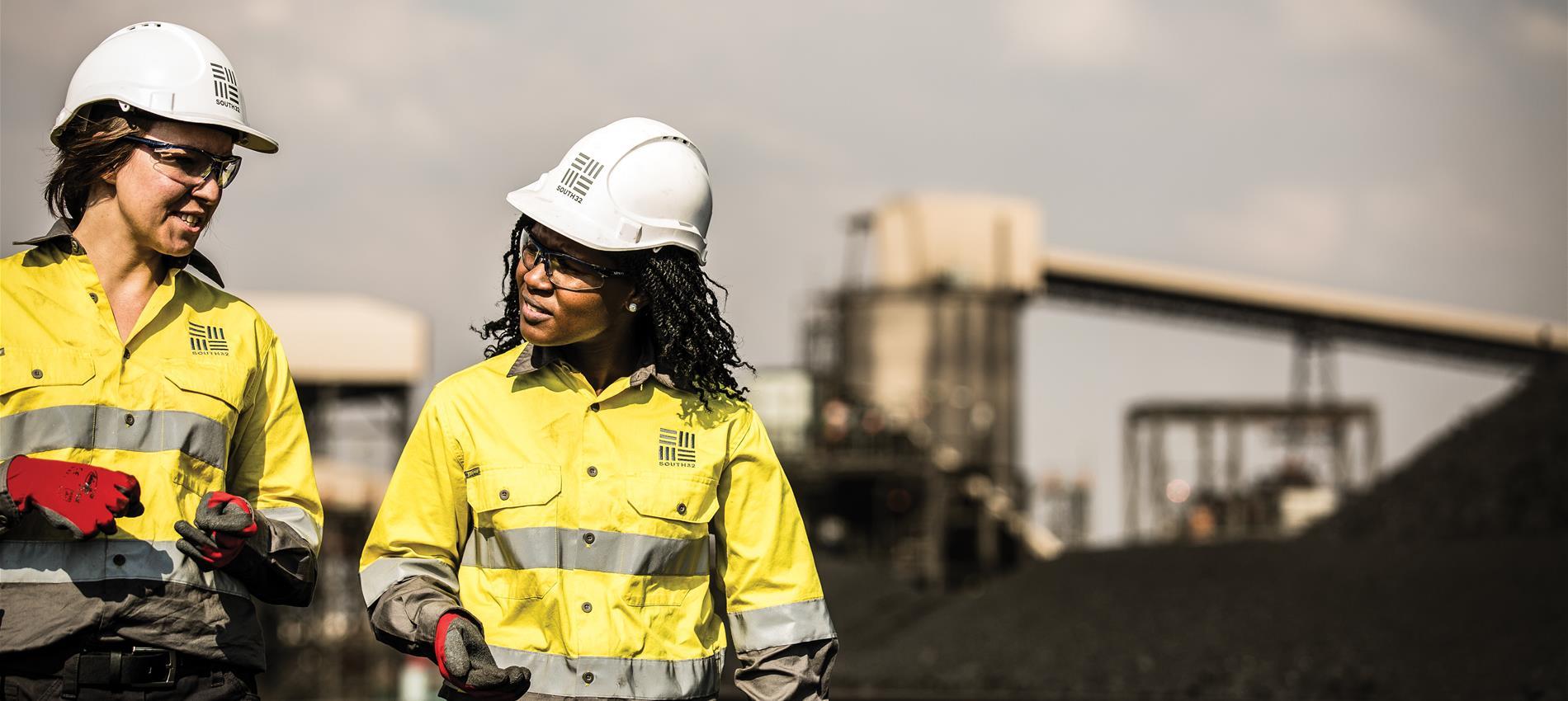
Engaging Women
The resources sector is cognizant of the need to develop strategies to better engage women. In 2004, the Minerals Council of Australia established a Women in Mining Dialogue to engage industry and external stakeholders on issues related to the effective participation of women in mining, and the extension of the socio-economic benefits of mining operations to women in neighbouring communities.
This was followed by a research program which focused on the impact of existing workplace policies, structures and cultures on the recruitment and employment of women in the mining industry.
The report found that women comprised around 18 per cent of the minerals industry workforce. Indigenous women represented 12 per cent of all Indigenous employees in mining. However, women represented just over three per cent of all employees at mine sites and minerals processing operations.
In other words, they were mainly employed at corporate offices.
The authors considered that women’s participation may be limited by a number of issues, including:
- the low level of part-time work in the minerals industry compared to other sectors;
- the sector’s culture of overwork, long hours and intensity. This is seen as affecting women more than men because of their additional caring responsibilities; and
- the remote nature of the industry
The report made several recommendations to increase female participation, including:
- demonstrating the range of jobs available, highlighting non-traditional disciplines like environmental science, social science and Occupational Health and Safety;
- establishing a comprehensive university-based program to promote vacation opportunities in the sector and establish a cooperative arrangement for extended work experience; and
- providing a gender-inclusive work environment ““ this could be achieved by increasing women`s participation in professional and operational roles and providing structured mentoring programs for women
The Minerals Council of Australia reports that the minerals sector continues to develop strategies for engaging women, including underemployed women who live near resources operations.
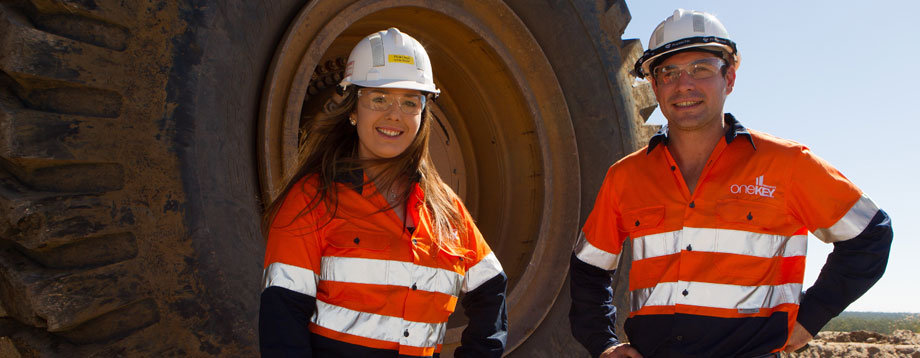
Training
Both men and women with Vocational Education and Training and trade qualifications fill a wide range of positions in the resources sector, especially within civil construction, mining and oil and gas operations.
Most come to the sector already qualified. Although the sector does not generally assist people to obtain an initial qualification, there are exceptions in some apprenticeships areas and for some Indigenous students. Many employers put individuals through further training, including a second apprenticeship, to develop specific skills.
Other may undertake sector-related training packages, such as drilling or metalliferous mining, with a view to gaining entry to the sector. These programs are delivered by Registered Training Organisations which are made up of public providers, including schools, TAFEs, adult and community education providers and dual-sector universities and private providers.
VET programs may be accredited, involving a structured teaching program that leads to a nationally-recognised skills set or qualification; or unaccredited, which does not lead to a recognised qualification. The former category is invariably provided through public and private Registered Training organisations.
The latter may be provided by vendors, such as Caterpillar or Komatsu, who train site employees on particular equipment.
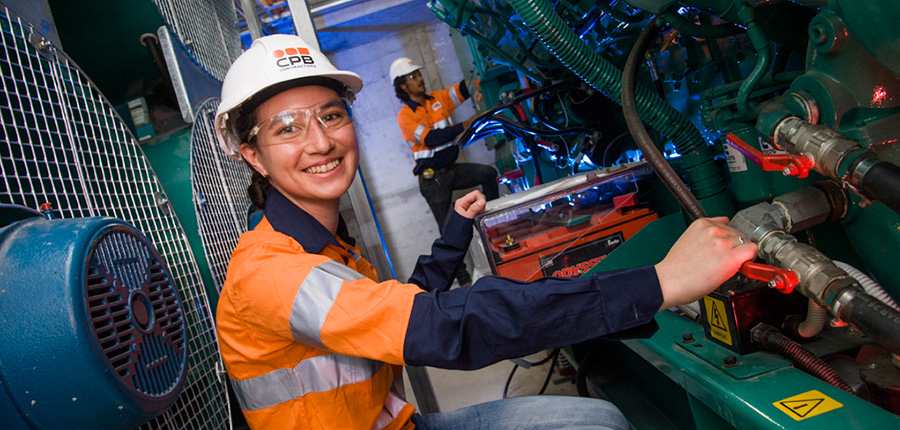
Can We Produce More Skilled Workers?
VET and higher education providers will need to produce more graduates with relevant skills to meet the resources sector’s increasing demand for skilled labour.
- All states and territories have skills strategies to align education and training outcomes with skills needs, e.g. the South Australian Government has recently released a Skills Strategy for South Australia’s Future, and the Queensland Government has a Queensland Skills Plan
- Additional pathways are being provided by the new version of VET FEE-Help which is called VET Student Loans., This loan from the government helps people to complete training courses with no money up front.Eligible students can borrow up to $5,000 – $10,000 for Diploma courses. Students repay the loan to the Australian Government through the taxation system once they reach a minimum income threshold level, which at the moment is a little over $55,000.
- Australian Apprenticeships can play an integral role in developing a skilled workforce for the resources sector. Australian Apprenticeships (apprenticeships and traineeships) combine paid work and structured competency-based training leading to the attainment of a nationally recognised qualification
- Through the Australian Apprenticeship Incentives Program, the Australian Government provides a range of financial incentives to employers and apprentices to encourage commencement, retention and completion of these skills-based training arrangements.The Australian Government also provides support through Australian Apprenticeships Support Services for employers and apprentices throughout the life of the training agreement. These services are delivered through third party providers known as Australian Apprenticeship Centres.

